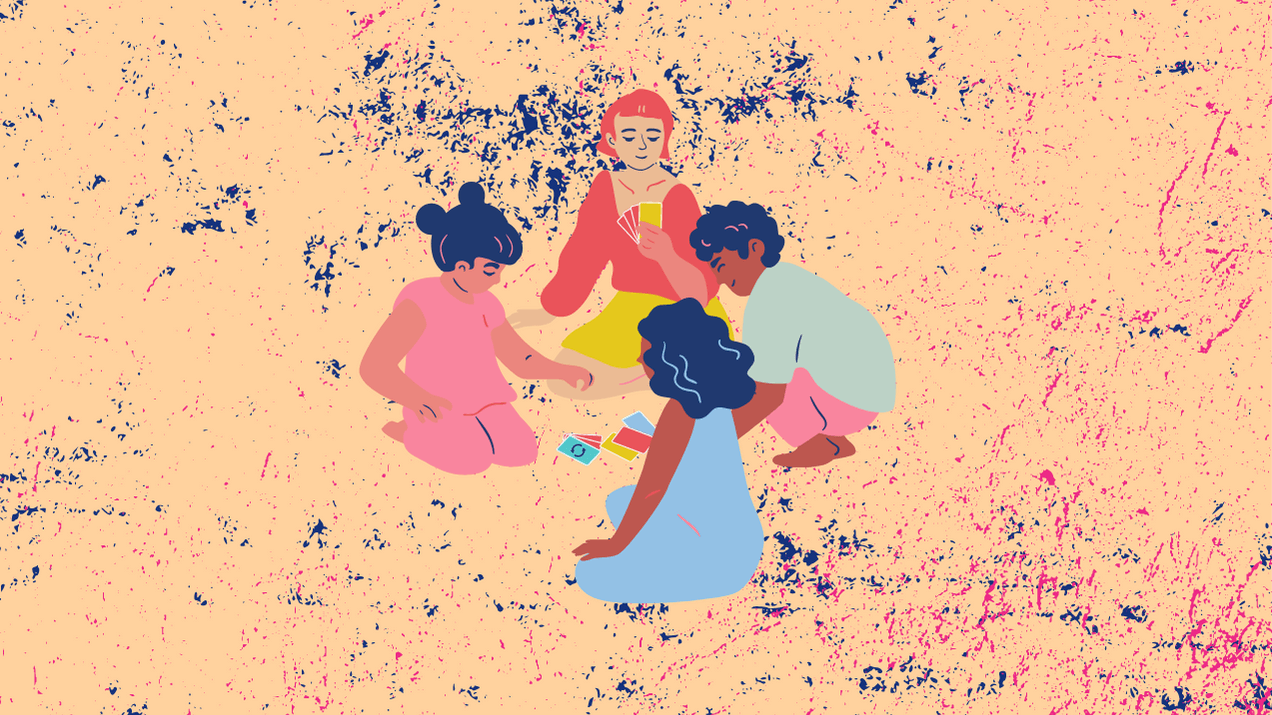Course summary
This course will help you facilitate class discussion circles, where students are more actively involved and can safely explore their personal, social and cultural views. You will discover how to switch from a teacher who gives direct instructions to a facilitator who lets their students lead their learning.
You will learn:
- How to set up a discussion circle for any group of students.
- The basics of facilitation of discussion circles.
- How to use tools like group agreements and open-ended questions.
- How to provide a safe space for students to listen and share their views.
Course time:
This course will take you 2 hours to complete. Enjoy it in one session or spread it out over a few weeks. You will have ongoing access via your personal dashboard.
Accreditation:
This course is mapped to the Professional Standards for Teachers. It is accredited for teacher professional development hours in the following states and territories:
Proficient Teacher – all states and territories except NSW:
- 1.5.2 Develop teaching activities that incorporate differentiated strategies to meet the specific learning needs of students across the full range of abilities.
- 3.3.2 Plan and implement well-structured learning and teaching programs or lesson sequences that engage students and promote learning.
- 3.5.2 Use effective verbal and non-verbal communication strategies to support student understanding, participation, engagement and achievement.
Save
Share this lesson
Copy Link
Copied
Share
Course Content

Getting Started

Facilitation and Discussion Circles

Two Important Parts

Facilitation Tools

Your Teaching

Reflection
Course instructors

Jane Fishburn helped write this course. She is an education consultant who devotes her time to improving the self-driven participation of young people. Jane began her career as a secondary drama and music teacher. Through a school leadership role, her direction turned to learning design. Jane moved to the not-for-profit sector, developing and managing education programs. This experience connecting teachers and students in community learning contexts drives her new work focus on people, possibility and change.
Frequently Asked Questions
How long will this take to complete?
This course will take you 2 hours to complete. Enjoy it in one session or spread it out over a few weeks. You will have ongoing access via your personal dashboard.
Will I get proof of completion?
You will get a Cool.org certificate when you finish, which you can access any time via your personal dashboard, it will also be sent to you by email.
Is this course accredited?
This course is mapped to the Australian Professional Standards for Teachers. It is accredited for professional development hours for:
Proficient Teacher:
- 1.5.2 Develop teaching activities that incorporate differentiated strategies to meet the specific learning needs of students across the full range of abilities.
- 3.3.2 Plan and implement well-structured learning and teaching programs or lesson sequences that engage students and promote learning.
- 3.5.2 Use effective verbal and non-verbal communication strategies to support student understanding, participation, engagement and achievement.
What are the curriculum links?
- Foundation – Year 6: All subject areas
- Cross curriculum priorities: All cross-curriculum priorities
- General capabilities: Literacy, Personal and Social Capability, Intercultural Understanding

Welcome back!
Don't have an account yet?
Log in with:
By signing up to Cool.org you consent and agree to Cool's privacy policy to
store, manage and process your personal information. To read more, please see
our privacy policy here(Opens in new tab).
Create your free Cool.org account.
Many of our resources are free, with an option to upgrade to Cool+ for premium content.
Already have an account?
Sign up with:
By signing up to Cool.org you consent and agree to Cool's privacy policy to
store, manage and process your personal information. To read more, please see
our privacy policy here(Opens in new tab).